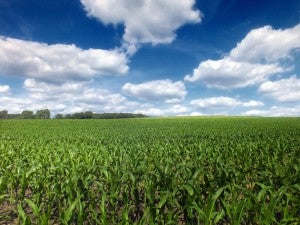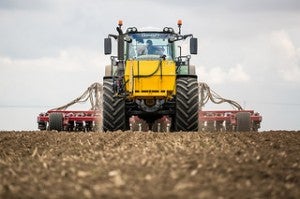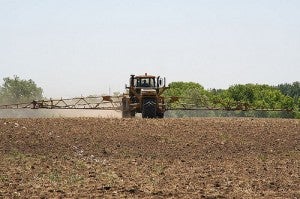
Robert Parkhurst was in Los Angeles yesterday speaking at a conference on Navigating the American Carbon World. His panel discussed the “Future Offset Supply.”
California Governor Jerry Brown issued an executive order this week ramping up the state’s already ambitious greenhouse gas reduction goal, setting a new target to reduce emissions by 40 percent over 1990 levels by 2030.
“With this order, California sets a very high bar for itself and other states and nations, but it’s one that must be reached — for this generation and generations to come.” – California Governor Jerry Brown
This new target is a timely and significant step in securing a more resilient future for California, which is currently experiencing one of the most severe droughts in the state’s history. But it’s a tall order – and one that will require an array of aggressive strategies across all sectors.
Fortunately, crop-based farmers are well-positioned to help. Read More


















